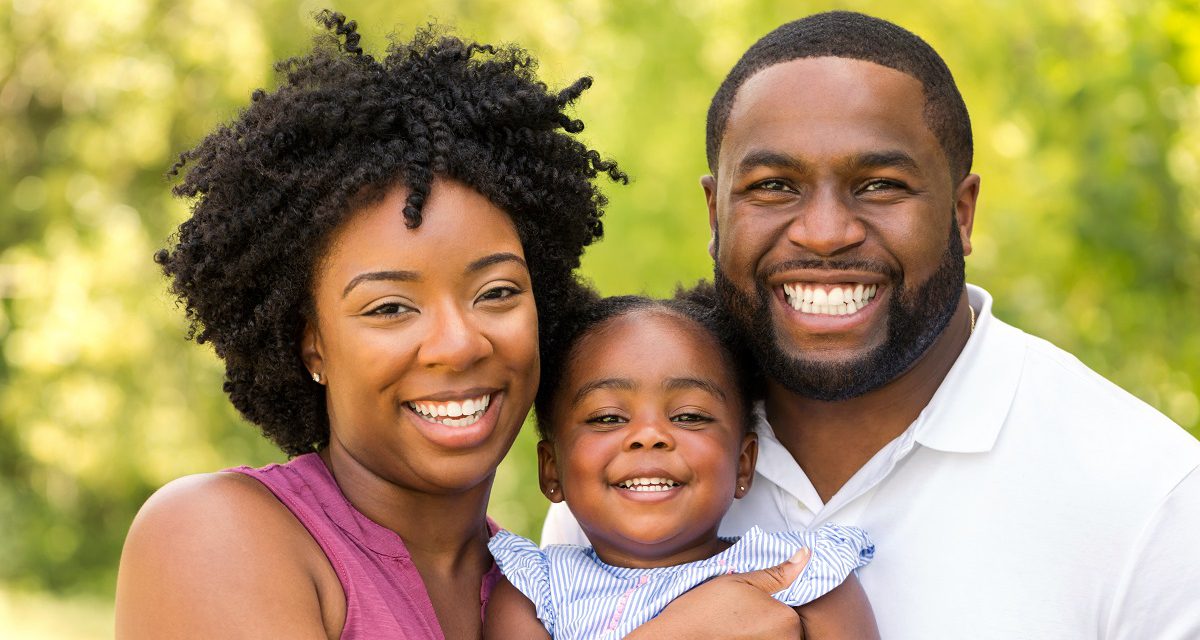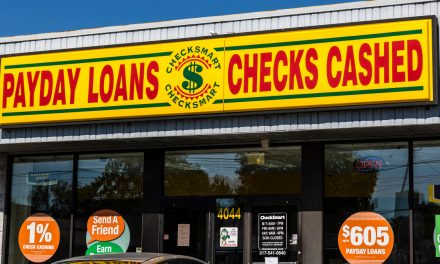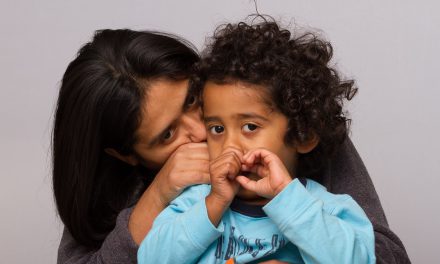According to the Centers for Disease Control and Prevention (CDC), the birth rate in the United States is on a steady decline. The CDC reports that birth rates are currently half of what they were in the beginning of the 1960s, at 56 births per 1,000 women. In addition, the number of babies born in 2020 compared with 2019 saw a 4% drop. The National Center for Health Statistics states that the fertility rate has fallen 2% every year since 2014, and is not only at the lowest since 1979, but is the lowest fertility rate on record.
There are several explanations for why the birth rate is declining in the United States, and anxiety surrounding the COVID-19 pandemic is but a small fraction of the equation. Furthermore, the plummet in birth rate has little to do with millennials, specifically millennial women, challenging notions regarding the nuclear family. The reality is that the U.S., as the nation currently stands, is neither beneficial nor accommodating toward parents and their children.
A report from NPR and ProPublica found that the U.S. has the worst maternal mortality rate out of all the developed nations in the world, and only America is seeing a rising rate of women who die of pregnancy and childbirth complications. Meanwhile, the number of maternal deaths are declining elsewhere throughout the world. In the U.S., 26 out of every 100,000 pregnant women die each year, compared with the United Kingdom where the number falls to nine out of every 100,000. Accounting for race, Black American women are three to four times more likely to die from pregnancy or birth-related causes than their white counterparts.
Concerning those who manage to survive pregnancy and childbirth, the resulting mountain of debt is the next hurdle. A vaginal birth, with no complications, costs around $32,000 – the cost of a car, four-year education at a state university, or the down payment on a home. If the mother has a C-section, the cost rises to more $50,000. Factor in possible complications or medical emergencies, and the hospital bill skyrockets to the six-figure bracket. Additionally, giving birth to multiples (such as twins or triplets) surges not only the price of labor, but the likelihood of associated health risks and their accompanying treatment costs. Moreover, these figures exist without the guarantee of healthcare coverage.
The surmounting cost of pregnancy and childbirth is not alleviated by paid parental leave, as the U.S. is the only developed nation that doesn’t require paid leave to mothers and fathers. Therefore, new parents are forced to go right back to work and depend heavily on childcare services that do little to ease their burden. Daycare is a direct strain on most parents’ finances. According to a survey conducted by Care.com, the standard cost of daycare is about $1,500 monthly, around the same price as the average American’s rent payment. In contrast, other countries give new mothers (and an increasing amount of fathers) from weeks to years of paid leave.
In conjunction with the exuberant costs of pregnancy, birth, and childcare services, the federal minimum wage, when adjusted for inflation, has stagnated for the last 40 years while the cost of living rises annually. As it stands, the majority of millennials are being crushed by debt – both educational and medical – while working more hours with less income to show for it. According to the Federal Reserve, millennials are poorer than preceding generations. Additionally, while millennials have fewer assets than Generation X and baby boomers, and have more debt than boomers, their spending habits hardly vary from those demographics. Finally, existing monetary woes have been exacerbated by the coronavirus pandemic, where the unemployment rate reached nearly 15%. Nonetheless, surmounting financial instability isn’t the only reason millennials are opting out of parenthood.
Climate anxiety continues to shift people’s views on whether to bring humans into a world that’s flirting with multiple natural catastrophes. According to the Scientific American, climate change will reach the point of no return by the year 2036. By this time, if carbon emissions continue to rise at their current rate, the Earth will warm by two degrees Celsius and spark a chain reaction of natural disasters that include floods, hurricanes, earthquakes, drought, wildfires, famine, and extreme temperatures. “Most scientists concur that two degrees Celsius of warming above the temperature during pre-industrial time would harm all sectors of civilization—food, water, health, land, national security, energy, and economic prosperity,” states climate scientist, Michael E. Mann. This is a world that many of child-bearing age fear is unfair and irresponsible to bring offspring into.
From an optimistic perspective, one can infer that millennials are having fewer children due to greater access to safe contraceptives. Additionally, where legal, people have more options concerning their bodies if they do get pregnant. Women today have more opportunities for a livelihood that doesn’t center marriage and children, and opt for education, careers, and singlehood instead. A 2018 study found that the top three priorities of 42% of single American women include independent living, career, and financial stability. The majority of single women are also more concerned with travel, marriage, and home ownership years down the line. This shift in priorities is no surprise. According to a study by the Russell Sage Foundation, full-time working mothers dedicate the same amount of time to domestic labor as housewives did in the 1970s. This begs the question as to what women have to gain from starting families, other than added pressure and responsibility in and outside of the home.
Finally, millennials are second-guessing the idea of children due to the simple state of being overwhelmed. Millennials have been dubbed “The Burnout Generation” by journalist Anne Helen Peterson, who states, “Our capacity to burnout and keep working is our greatest value.” As a generation, millennials have been taught that hard work is the only way that they will ever succeed. However, with the oldest millennials being 38 years old, most have yet to taste that success. How can child rearing be prioritized when so little of the work to supplement such a lifestyle is paying off? In addition to stagnant wages, it’s increasingly challenging to find jobs that offer benefits and some chance at retirement or the accumulation of savings. At this juncture, millennials are more likely to take plants and animals into their care, rather than birth children, as this feels like the more responsible and financially sound life decision to make.
While a considerable amount of millennials don’t want to have children, there are still those who do. However, with the growing uncertainty surrounding finances, the environment, career trajectory, and the world’s general state of affairs, it’s natural that even those who want children pause at the thought. Is it ethical to bring children into a world fraught with civil unrest, healthcare shortages, educational hardships, climate crisis, and a volatile economy? Should millennials trust that their world will improve and have babies anyway? As one generation, millennials have faced two financial disasters – the 2008 stock market crash and the COVID-19 pandemic – that have substantially slowed their pace toward adulthood’s milestones.
Additionally, individuals of this generation have forebodings surrounding war and nuclear attack, as the last 30 years (the majority of most millennials’ lives) have been punctuated by armed conflict and violence, domestic and abroad. Consequently, only time will tell whether a cultural, financial, and/or worldwide shift allows millennials to birth children with confidence. Until then, many will opt out of traditional family structures in favor of a household they can sustain.








